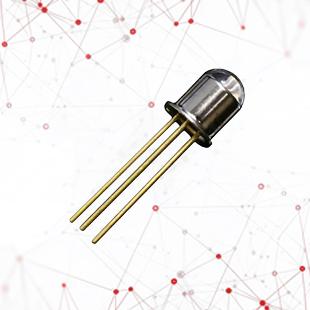
Optoelectronic devices are components that interact with light, either converting electrical signals into light or converting light into electrical signals. They are used to detect, emit, or control light in various electronic systems. The function of optoelectronics is critical in a range of applications, from communication and sensing to energy conversion, by facilitating the interaction between optical and electrical systems.
1. LEDs (Light Emitting Diodes) emit light when an electrical current flows through them. They are highly efficient, durable, and widely used for lighting, displays, and signal indicators in consumer electronics, automotive systems, and more.
2. Photodiodes detect light and convert it into electrical current. They are used in sensors, medical equipment, and fiber optic communication systems, where fast and accurate light detection is crucial.
3. Laser Diodes produce a focused beam of light and are used in applications requiring precision, such as barcode scanners, optical data storage, and telecommunications.
4. Optocouplers transmit electrical signals using light to ensure isolation between different parts of a circuit. They are essential in preventing high-voltage spikes in sensitive electronic components.
Optoelectronic devices are commonly used in telecommunications, consumer electronics, automotive lighting, medical devices, and solar energy systems, enabling efficient light-based data transmission, sensing, and energy conversion.